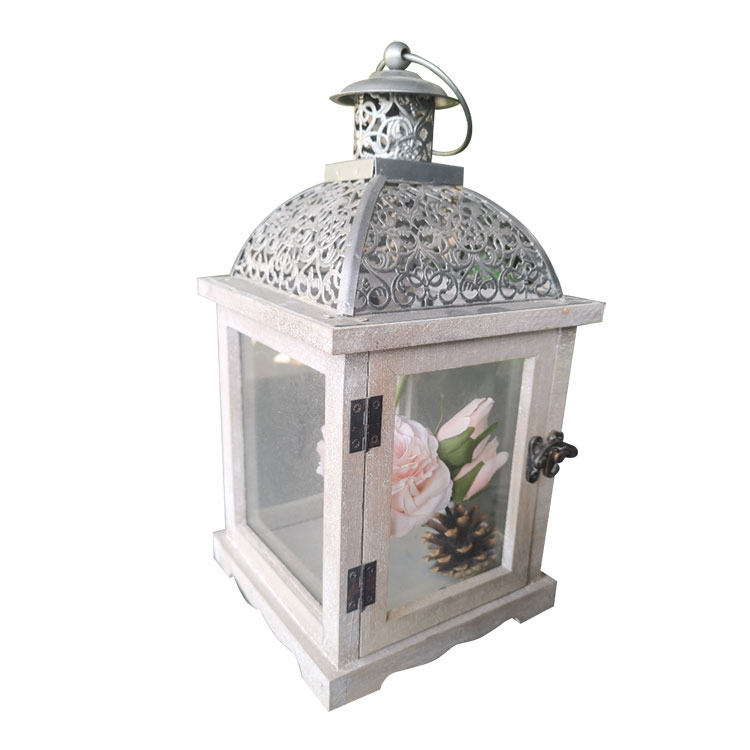Call Us
+86-13805862692
Email Us
contact@ideamage.com
About Lanterns
2023-08-01
Lanterns are portable light sources traditionally used to illuminate indoor and outdoor spaces. They come in many forms and have been used throughout history for different purposes, from utilitarian lighting to religious and cultural celebrations. Lantern designs and materials can vary greatly depending on the culture and era in which they originate.
Some common types of lanterns include:
1. Traditional Paper Lanterns: These lanterns are usually made of paper or silk, stretched on a frame and hung from wire or bamboo supports. They are often associated with Asian cultures, especially in countries such as China, Japan, and Thailand. Paper lanterns are popular decorations for holidays and special events.
2. Camping Lanterns: Modern lanterns designed for outdoor activities and camping are usually made of durable materials such as plastic or metal. They use battery powered LED lights, gas or kerosene to provide light in the wilderness or during a power outage.
3. Decorative Lanterns: These lanterns are mainly used as decorative pieces for home or garden. They can be made from a variety of materials such as metal, wood, glass, and even plastic. Decorative lanterns are often used to add ambience and charm to outdoor spaces.
4. Floating lantern: Floating lantern, also known as sky lantern, is a light-weight paper lantern with an open flame at the bottom. When lit, the hot air inside the lantern causes it to rise and float into the sky. In some Asian countries, they are often released as part of cultural events or celebrations.
5. Jack-o'-lantern: Jack-o'-lantern is a traditional Halloween decoration that is carved into a pumpkin with candles or light sources inside to create a spooky festive effect.
6. Lantern: A traditional Japanese lantern is a floor-standing lantern with a handle or hook for portability. It was commonly used in Japanese homes in the past to provide soft, diffused light.
Lanterns remain popular items for various occasions and events, and their symbolism varies according to the cultural context in which they are used. While traditional lanterns have historical and cultural significance, modern lanterns have been adapted to contemporary needs while retaining their charming and functional appeal.

Some common types of lanterns include:
1. Traditional Paper Lanterns: These lanterns are usually made of paper or silk, stretched on a frame and hung from wire or bamboo supports. They are often associated with Asian cultures, especially in countries such as China, Japan, and Thailand. Paper lanterns are popular decorations for holidays and special events.
2. Camping Lanterns: Modern lanterns designed for outdoor activities and camping are usually made of durable materials such as plastic or metal. They use battery powered LED lights, gas or kerosene to provide light in the wilderness or during a power outage.
3. Decorative Lanterns: These lanterns are mainly used as decorative pieces for home or garden. They can be made from a variety of materials such as metal, wood, glass, and even plastic. Decorative lanterns are often used to add ambience and charm to outdoor spaces.
4. Floating lantern: Floating lantern, also known as sky lantern, is a light-weight paper lantern with an open flame at the bottom. When lit, the hot air inside the lantern causes it to rise and float into the sky. In some Asian countries, they are often released as part of cultural events or celebrations.
5. Jack-o'-lantern: Jack-o'-lantern is a traditional Halloween decoration that is carved into a pumpkin with candles or light sources inside to create a spooky festive effect.
6. Lantern: A traditional Japanese lantern is a floor-standing lantern with a handle or hook for portability. It was commonly used in Japanese homes in the past to provide soft, diffused light.
Lanterns remain popular items for various occasions and events, and their symbolism varies according to the cultural context in which they are used. While traditional lanterns have historical and cultural significance, modern lanterns have been adapted to contemporary needs while retaining their charming and functional appeal.

We use cookies to offer you a better browsing experience, analyze site traffic and personalize content. By using this site, you agree to our use of cookies.
Privacy Policy























































